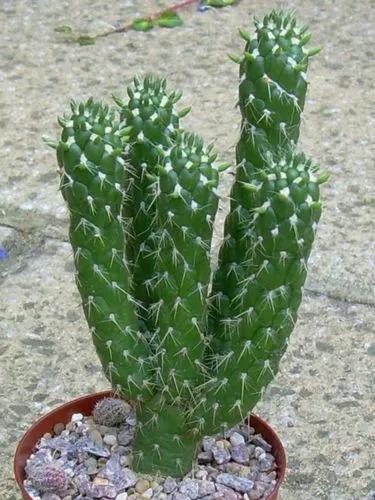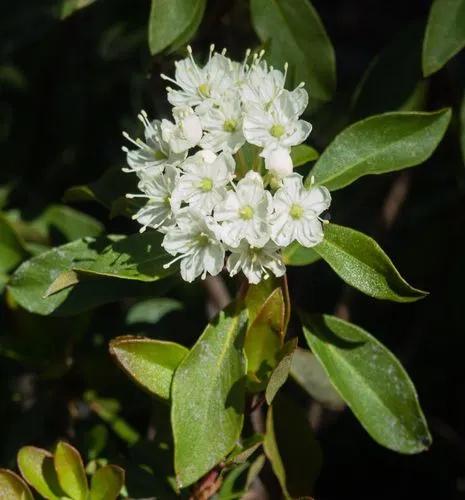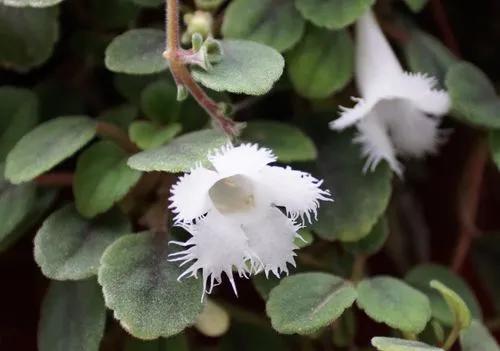If you're fortunate enough to have a beautiful pond gracing your garden, here's an enticing idea – adorn it with the enchanting beauty of floating flowers! Is there any option better than the Water Hyacinth? So what, if someone considers it a weed. It's still pretty!
Common Water Hyacinth Care
Eichhornia crassipes



Meet the Water Hyacinth, an aquatic marvel native to South America, although it has garnered the reputation of an invasive species in many regions. This captivating plant finds its botanical home in the Pontederiaceae family.
Eichhornia crassipes, as it's scientifically known, boasts thick, leathery leaves, each gracefully oval-shaped and spanning 4-8 inches (10-20 cm) in length. But what truly captivates the eye are its exquisite funnel-shaped flowers in shades of purple and pink.
How to Care for the Plant

Water

Water Hyacinth, being an aquatic inhabitant, obviates the need for conventional watering. However, don't forget the importance of periodic water changes and maintenance to ensure its well-being.

Pruning

We recommend maintaining the health and allure of your Water Hyacinth with regular pruning. Removing dead leaves and faded flowers is the key to keeping it in prime condition.

Fertilizer

When it comes to fertilizing, consider a simple yet effective method. You can gently extract Eichhornia crassipes from the water and place them in a container with soluble fertilizer, following the package instructions for best results.

Sunlight

Ensure your Winter Hyacinth basks in ample sunlight and relishes warm summer temperatures. Flowers require some sun power to bloom!

Soil

While these water beauties may float gracefully atop the water's surface, their root systems necessitate some soil. Ensure the provision of standard soil augmented with fertilizers to aid root establishment and overall plant growth. In intriguing fashion, if the roots happen to make contact with the soil, they may eventually delve into the earth.

Propagation

The division is probably the easiest out there. Simply separate the plant into several parts, each endowed with a robust root system. Submerge these sections in water, ensuring that the roots remain submerged to nurture new growth.

Temperature

Water Hyacinth thrives in balmy conditions, with its sweet spot falling within the temperature range of 59-86°F (15-30°C). Remarkably, it exhibits a surprising tolerance for variations, withstanding temperatures as low as 50°F and as high as 104°F (10-40°C).

Container

Given its aquatic habitat, Water Hyacinth requires a generously spacious container with good drainage. Plastic pots or similar vessels are well-suited for this purpose.

Fun fact

Delving into the plant's lesser-known talents, its roots possess the remarkable ability to filter pollutants from water, contributing to its ecological significance.

Popularity

665 people already have this plant 70 people have added this plant to their wishlists
Discover more plants with the list below
Popular articles






